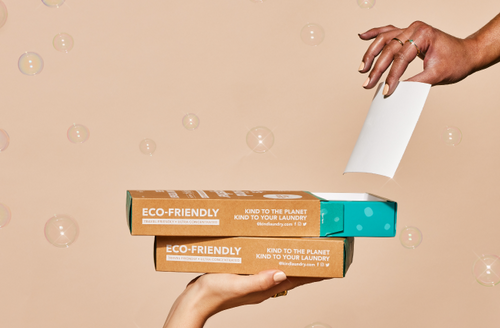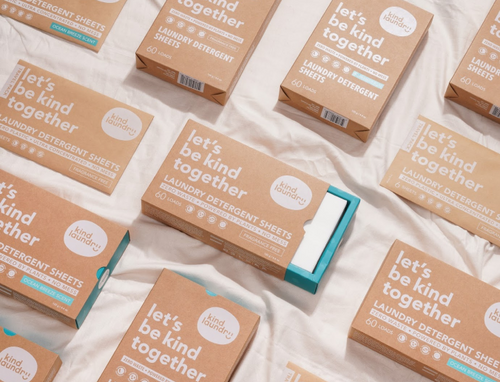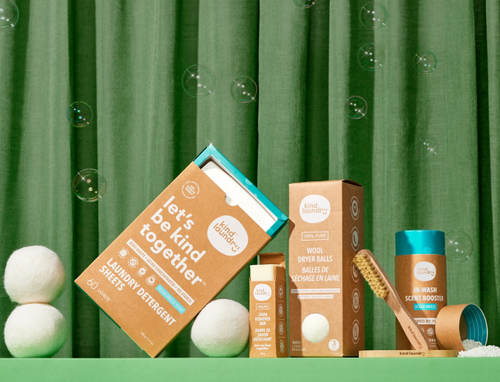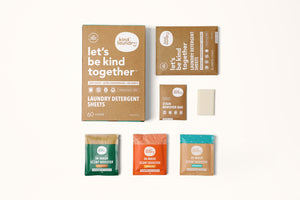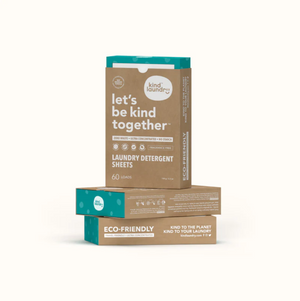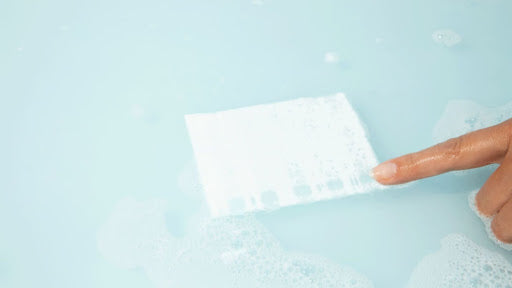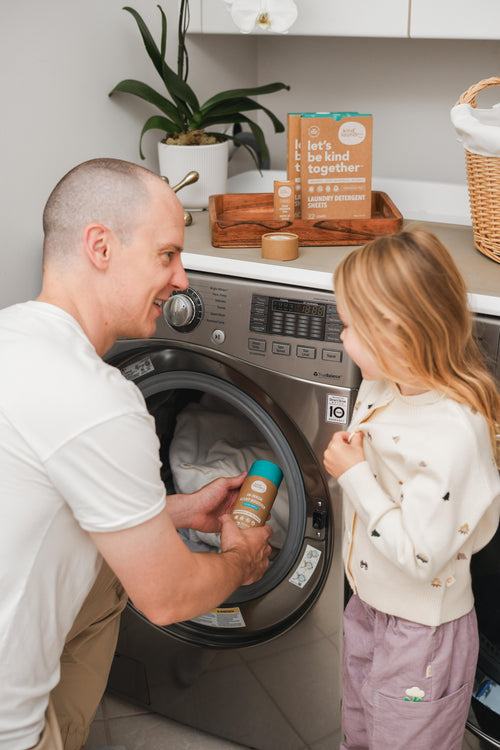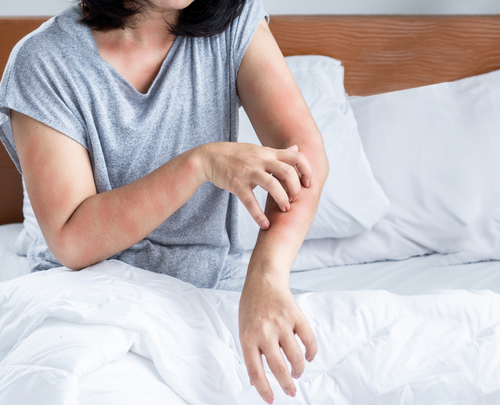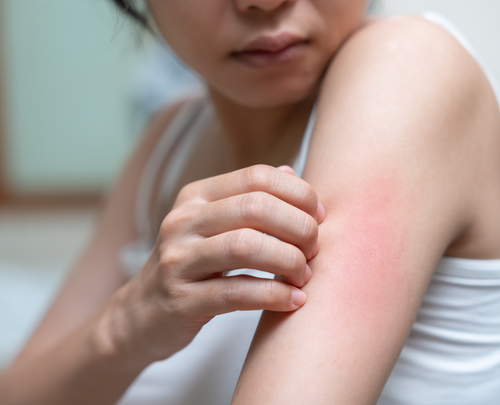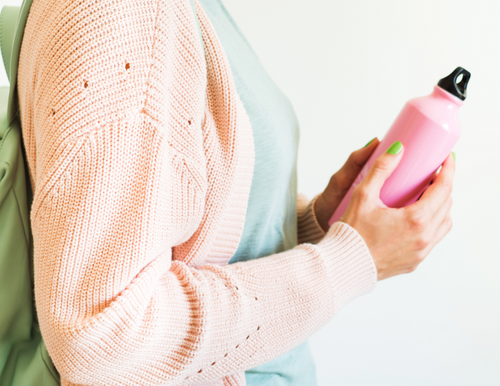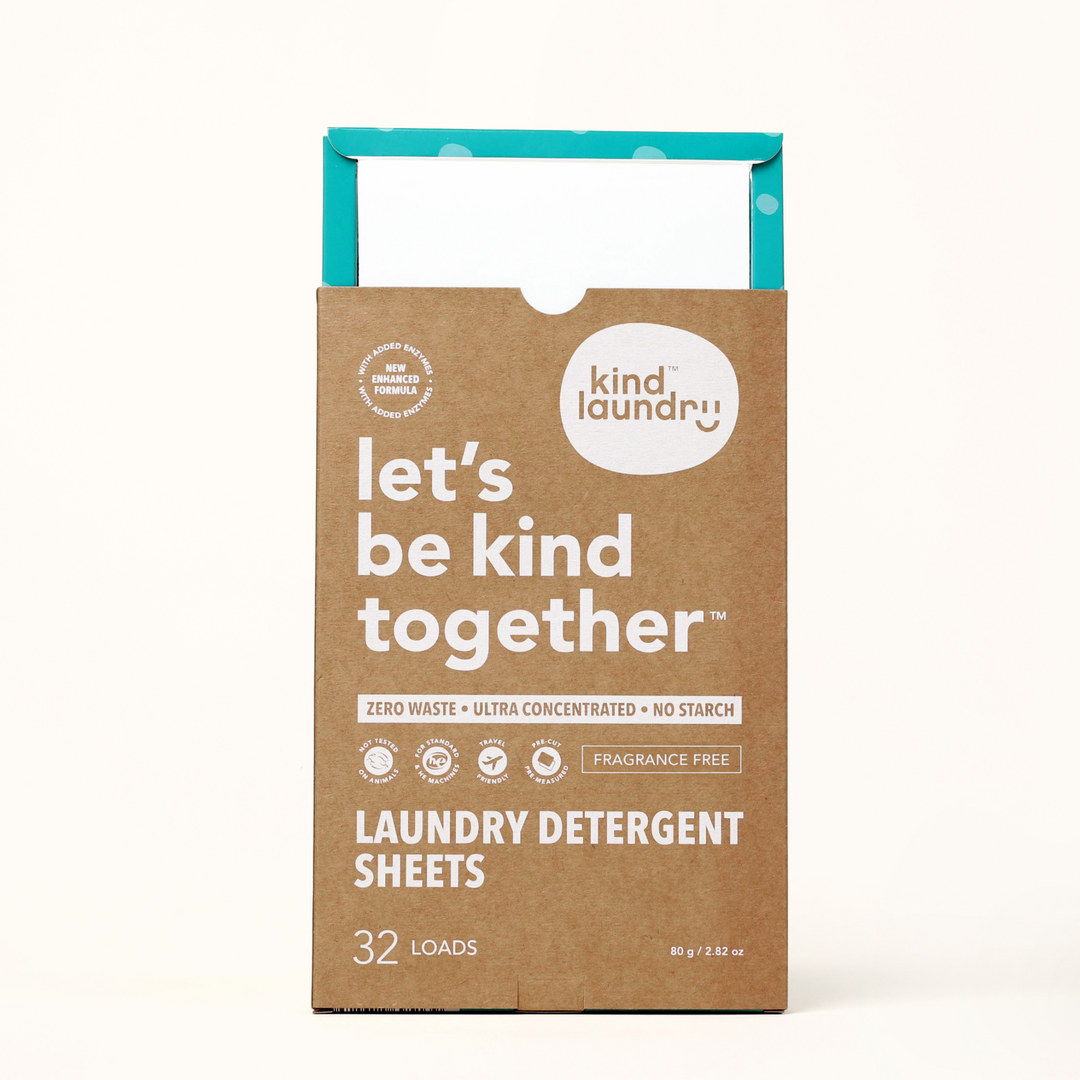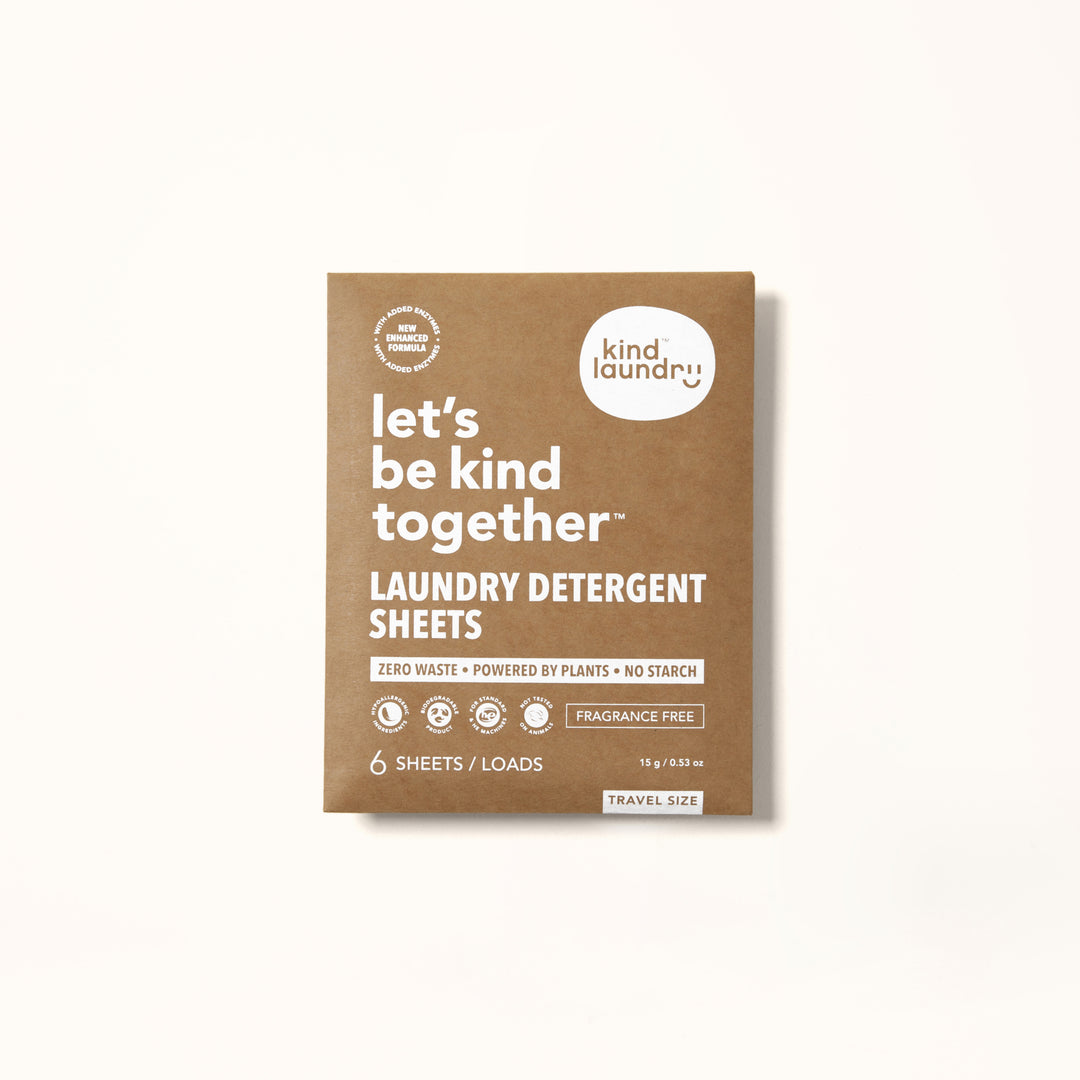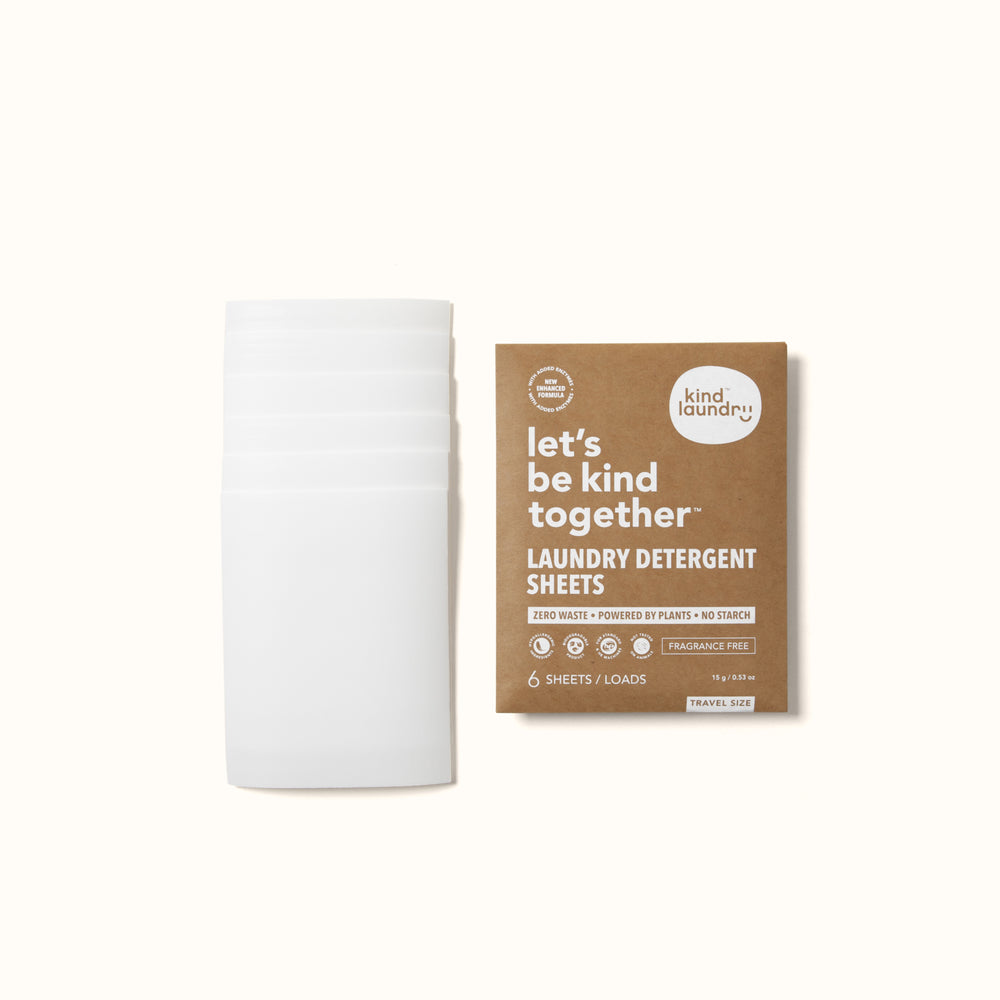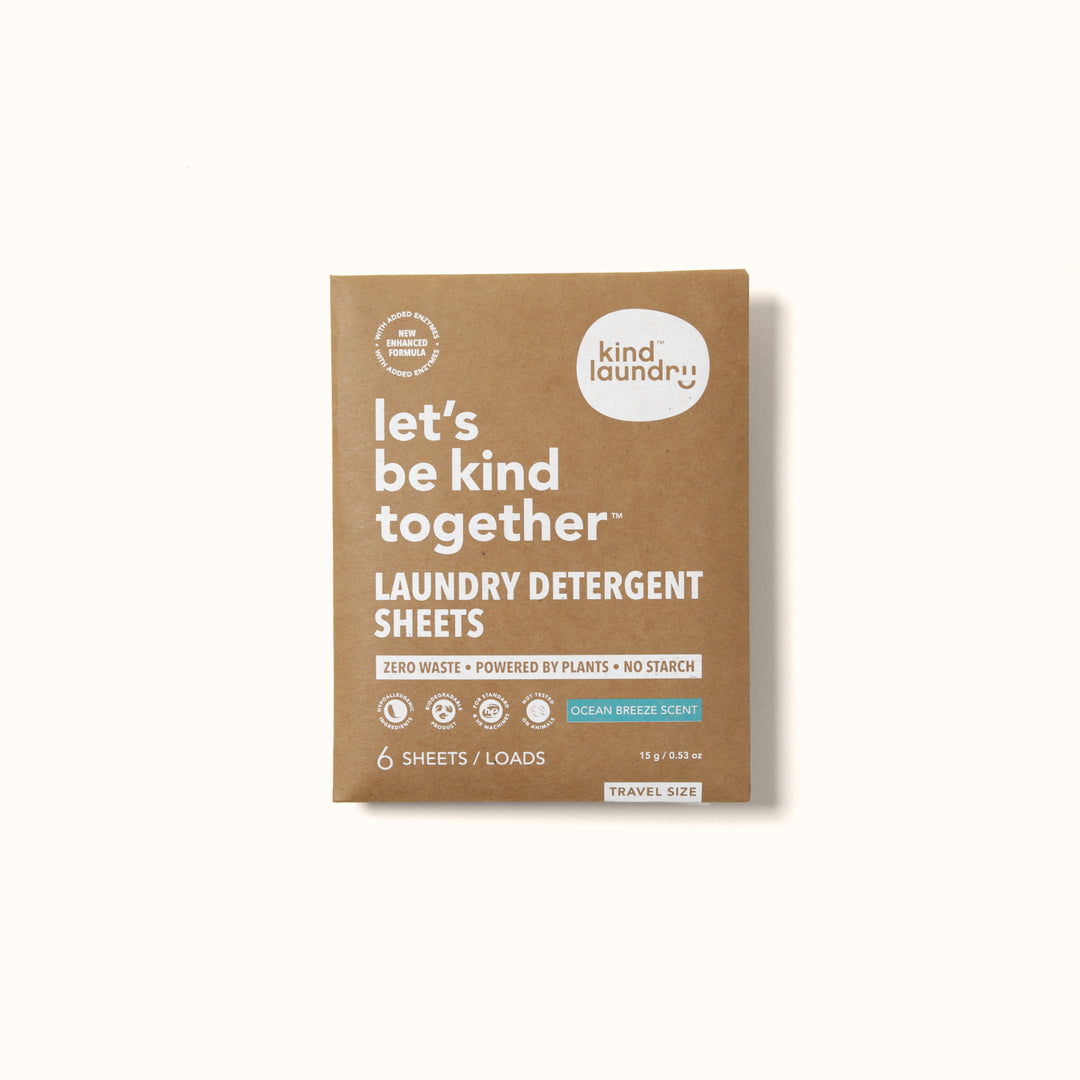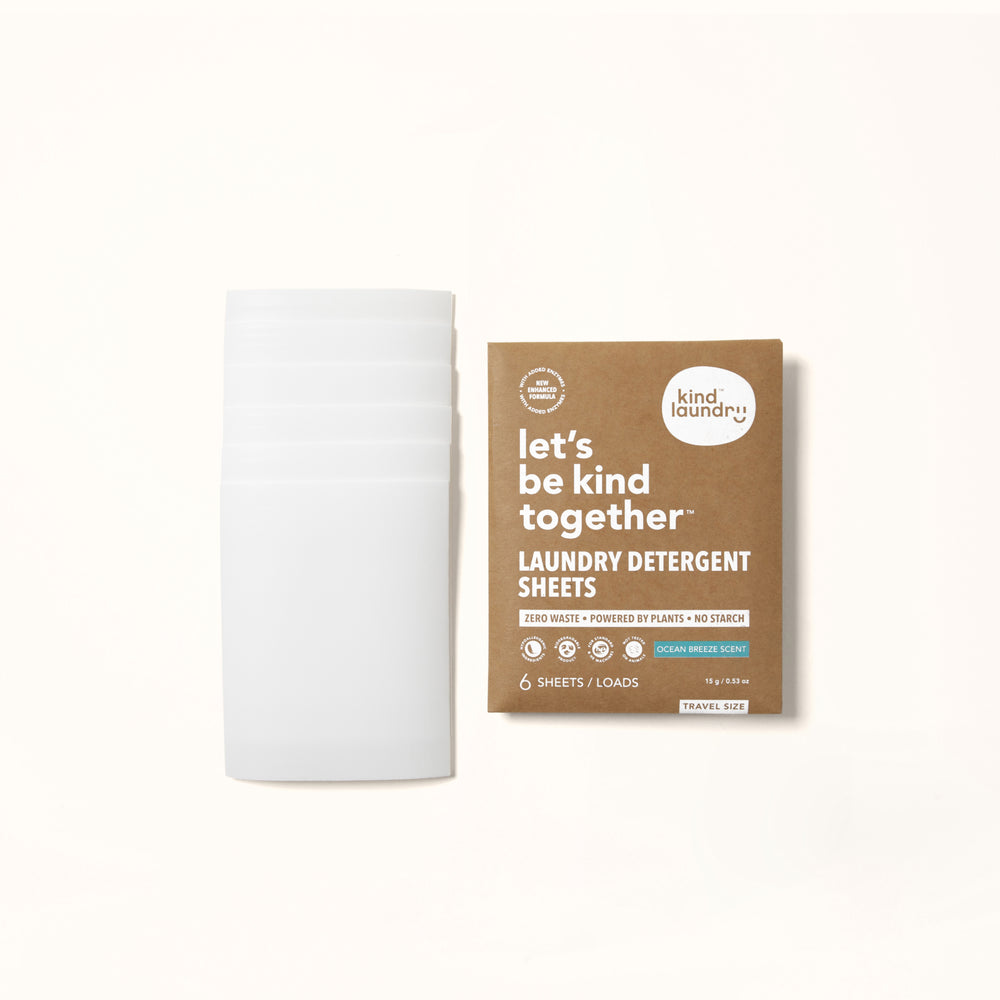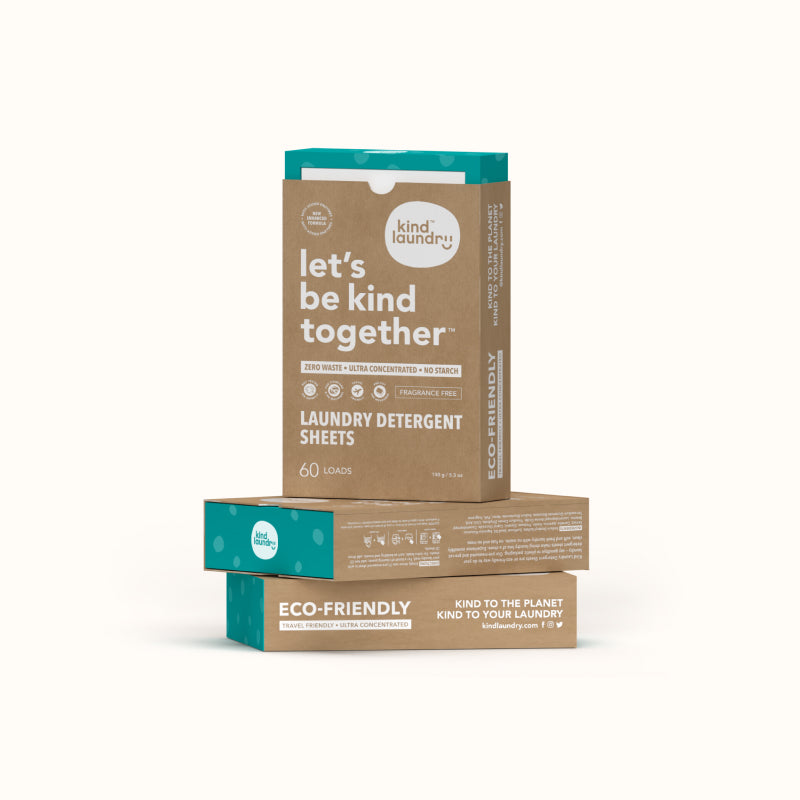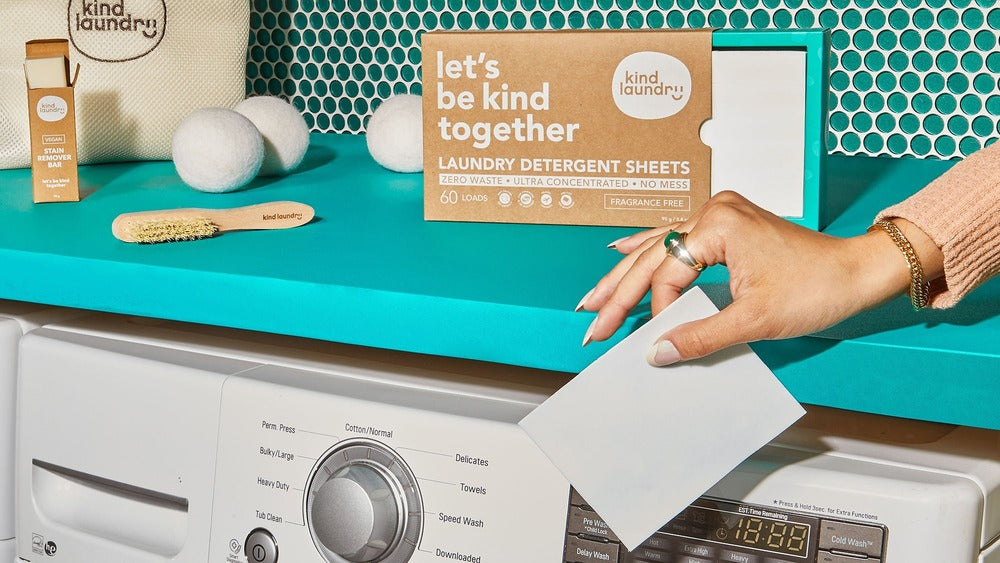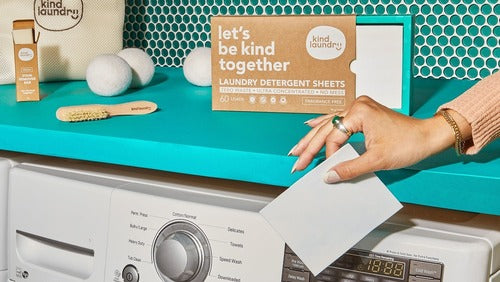Polyvinyl Alcohol or more commonly known as PVA/PVOH or even PVAI is a water-soluble synthetic polymer that is used in many different industries.
What is it? Where can you find it? Who can you believe to tell you the truth about it? Recently, there have been a number of studies conducted to bring you the truth about PVA and its safety for the environment as well as its use in laundry detergent. But can we really trust these blogs or are they just trying to promote their own products by spreading misinformation? When looking at these studies being released, it is imperative that you make sure to keep in mind who is commissioning these studies, who is gaining the most from them and who is just trying to educate the public on PVA.
Many companies use PVA for a reason and publicly declare so, whereas other companies do not and often try to make it seem as if the companies using PVA are harming the environment; this is not the case. Before you can make your own informed decision on whether you believe PVA is safe for the environment and if you want it in your home or not, you should get all of the real facts. Before diving into the safety of PVA in the environment, let’s first understand what PVA actually is.
What is PVA?
Polyvinyl Alcohol or most commonly known as PVA or PVOH or PVAI, is a water-soluble and biodegradable synthetic polymer resin that is odorless and colorless. It was first discovered in 1924 by German Nobel Laureate Dr. Hermann Staudinger. Although PVA was discovered in Germany it was developed further in Japan in 1950, where Kuraray was the first company to develop the technology to mass produce PVA that has changed the world to date. Since its original discovery and mass production, Polyvinyl Alcohol has been used for numerous different applications around the world.
One of the unique properties of PVA is its ability to form strong and flexible films when dry. These films have high tensile strength, good barrier properties, and are resistant to grease, oils, and solvents. PVA is also biodegradable, non-toxic, and safe for use in food packaging and other applications where contact with humans and the environment is a concern.
Another of the unique properties of PVA is its water solubility, which makes it an excellent material for use in water-soluble films and packaging materials. The multi-purpose use of PVAs in a variety of industries attests to their low impact on the environment, as the companies that continue to use PVAs are doing so publicly. If PVA was a material that did in fact harm the environment, not as many companies would use it and they would not be declaring their use of it publicly.
PVA can be found in a variety of different items including contact lenses, medicine capsules, fishing lines, papermaking, photographic film, and eye drops.
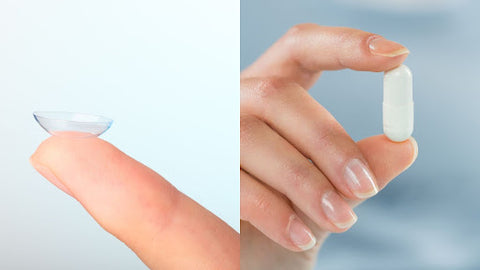
Commonly used in laundry detergent products, PVA is used in the plastic that encapsulates a detergent pod and in the sheet structure of a detergent sheet. PVA in this instance dissolves in water to release the detergent. PVA is manufactured for use in laundry detergents in such a way as to ensure it’ll biodegrade and is water-soluble so that the cleaning products are not only effective in their overall job but also safe for the environment.
Here are some pros and cons of using PVA in various industries:
Pros:
- Biodegradable: PVA is biodegradable, meaning that it can decompose naturally and won't harm the environment.
- Water-soluble: PVA is soluble in water, which makes it easy to use in a variety of applications, such as adhesives, coatings and films.
- Strong adhesive properties: PVA has strong adhesive properties and can bond well with many materials, such as paper, fabrics and wood.
- Low toxicity: PVA is considered to have an extremely low toxic material level and is safe for use in food packaging and other consumer products, such as laundry detergents.
- Versatile: PVA can be modified in various ways to achieve different properties, such as elasticity, viscosity and strength.
Cons:
- Poor resistance to heat and moisture: PVA has poor resistance to heat and moisture, which limits its use in some applications where high temperatures or humidity levels are present.
- Limited chemical resistance: PVA is sensitive to certain chemicals, such as acids and alkalis, which can degrade its properties and cause it to break down.
- Brittle: PVA can become brittle over time, which may limit its use in applications where flexibility is required.
- Slow drying time: PVA can have a slow drying time, which can be a disadvantage in some applications where quick drying is necessary.
-
Cost: PVA can be relatively expensive compared to other types of adhesives and polymers, which may limit its use in some applications where cost is a major factor.
Does PVA contain microplastics?
Microplastics are very small pieces of plastic debris that are no longer than five millimetres. Currently, the environment is suffering from a severely high level of microplastic pollution. Microplastics can be found in a number of different fibres, including face masks, from polyester to nylon fabrics, glitter, etc. but they can also come from shedding off of larger pieces of plastic such as plastic bags or water bottles.
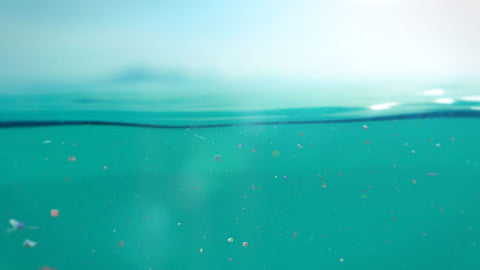
The most critical issue that comes from microplastics is the fact that once they have entered the environment there is no way to get rid of them - this is why the environment is suffering from massive microplastic pollution. As these microplastics begin to break down into smaller and smaller pieces of plastic they have the ability to become airborne. The exposure risk of microplastics for humans is one that has yet to be resolved. Humans are estimated to eat or inhale approximately 74,000 to 114,000 microplastics annually. Just like we are not able to remove microplastics from the environment, once we inhale them, there is no way to remove them from our bodies. This means that they can spread to various parts of our bodies such as our lungs, the placenta, and even in our blood.
PVA films share properties, such as flexibility with many plastics, but they differ in that they are completely dissolvable when they are exposed to water. These dissolved polymers are biodegradable by microorganisms in water treatment facilities and the environment. This is in contrast to microplastics which are non-biodegradable and remain persistent in the environment.
PVA’s safety within the environment
Polyvinyl Alcohol film is used because of its ability to dissolve in water as well as the non-toxicity of its properties. PVA films are manufactured to be completely biodegradable, meaning that once they dissolve they do not break into microplastics. Instead, once the PVA film is dissolved and washed down the drain, it is biodegraded by the wastewater, and that is where the Polyvinyl alcohol lifecycle ends.
When laundry detergents contain PVA, such as detergent sheets or pods, the film that is in the product quickly dissolves in the water, including cold water, which enables the highly concentrated detergent to effectively clean the clothes. As the washing cycle comes to an end, the PVA film completely dissolves, and the resulting dissolved polymers, along with the dirt and other detergent components from the wash, are carried away down the drain. The water then flows to a wastewater treatment facility where the dissolved film undergoes further degradation by bacteria and other microbes in the environment.

EWG's Skin Deep, a company that rates a variety of different chemicals on a scale from 1 to 10 on how toxic they are for the environment and for humans is backed by scientists. They rate polyvinyl alcohol a level 1 threat on a scale from 1 to 10, meaning it is the lowest possible level of threat that it can be. In regard to cancer, toxicity, allergies, etc. they say that the threat level of PVAs is extremely low, meaning that the use of PVAs does not have a negative effect on humans or the environment.
Polyvinyl Alcohol is often confused with Polyvinyl Acetate (commonly used as glue), which also uses the acronym PVA, which is why it is a common mistake. PVA is also sometimes confused with Polyvinyl Chloride, known as the poison plastic, and uses the acronym PVC. Although these all use the word Polyvinyl in their names and are all polymers, they are entirely different substances that have different effects on the environment.
- Polyvinyl alcohol = non-toxic, biodegradable polymer
- Polyvinyl acetate = rubbery polymer commonly used as glue
-
Polyvinyl chloride = toxic plastic polymer that often contains phthalates and heavy metals
Why are companies spreading misinformation?
There are a number of studies that have been commissioned by several companies in order to spread misinformation regarding Polyvinyl alcohol to help promote their own products. It is important to make sure that when reading anything regarding PVA, which is used in a number of different companies products, the information that is being presented is not used solely to boost the favorability of a specific company. These studies that have been conducted and released claiming that PVAs are harming the environment are ignoring decades worth of research that in fact state the exact opposite.
The American Cleaning Institute (ACI) responded to a petition going around by non-governmental companies declaring that the Environmental Protection Agency (EPA) step in and prohibit other companies from using polyvinyl alcohol in their products, more specifically in laundry detergent sheets and pods. The use of PVA within the laundry industry was an innovative technique that many other companies are trying to dismantle by spreading this misinformation. The ACI believes that the petition being spread by non-government organizations is funded by these companies to ensure that they can prevent laundry companies from using this innovative technology. These companies are spreading this misinformation and are actively ignoring a significant amount of third-party research done on the safety and biodegradable properties of PVAs.

These non-governmental organizations are continuing to lie and spread false information regarding PVAs. They are attempting to show that all companies using PVAs are harming the environment, which is not true, and to try and place themselves at the forefront of the laundry industry and prevent innovation from continuing within this sector.
Is PVA found in Kind Laundry products?
Kind Laundry detergent sheets are made up of less than 10 ingredients, and yes, PVA is one of those ingredients. PVA is used in Kind Laundry sheets to help compose and maintain the structure of the sheet. We use PVA in our products because it is completely biodegradable by acclimated organisms, water-soluble, and 100% dissolvable. PVAs are recognized by the FDA as safe ingredients to use, which is why we chose to include them in our ingredient list. We continue to educate ourselves, our team and our customers about the ingredients in our products and complete the research necessary to do so.
Our primary focus is to ensure that we are providing our customers with factual information that is valuable to them. It is important to us that we are sharing the truth about the ingredients we are using and strive for transparency within our community. Our focus is not to mislead people in order to make ourselves look better, instead, we are here to educate and share our knowledge with those who want to learn along with us.
In conclusion, polyvinyl alcohol (PVA) is a versatile synthetic polymer that offers several advantages and disadvantages depending on its intended use. While it has strong adhesive properties, is water-soluble, and is biodegradable, PVA has limited resistance to heat and moisture, can become brittle over time, and can have a slow drying time. However, PVA is considered to be a low-toxicity material, making it safe for use in various consumer products, including food packaging, the pharmaceutical industry, and laundry detergents. As with any material, it is important to understand its properties and limitations before using it in any application. Overall, when used appropriately and with proper safety measures, PVA can be a safe and effective material for various industrial and commercial purposes.
Resources
- https://www.grove.co/blog/polyvinyl-alcohol
- PVA Safety Score on Environmental Working Group (EPA)
- Frequently Asked Questions about PVA (American Cleaning Institute)
- Misinformation Campaign on PVA (American Cleaning Institute)
- Biodegradability of Polyvinyl Alcohol Based Film Used for Liquid Detergent Capsule (White Paper - Dominic Byrne, Chemist)
- Water soluble polymer biodegradation evaluation using standard and experimental methods (Science Direct)
- https://pubs.acs.org/doi/abs/10.1021/acs.est.9b01517
-
https://www.kuraray.com/company/history/story/vinylon_poval#:~:text=PVA%20is%20a%20water%2Dsoluble,%EF%AC%81ber%2C%20under%20the%20name%20KURALON.
- https://www.cleanlink.com/news/article/EPA-Maintains-Safer-Choice-Status-of-Essential-Chemistry-Used-to-Make-Detergents--29679
